Gartner’s Top 10 Technology Trends For 2020 That Will Shape The Future
The empowered edge, practical blockchain and human augmentation are just a few of the biggest trends in 2020 that will create the largest opportunities over the next decade, according to research firm Gartner.
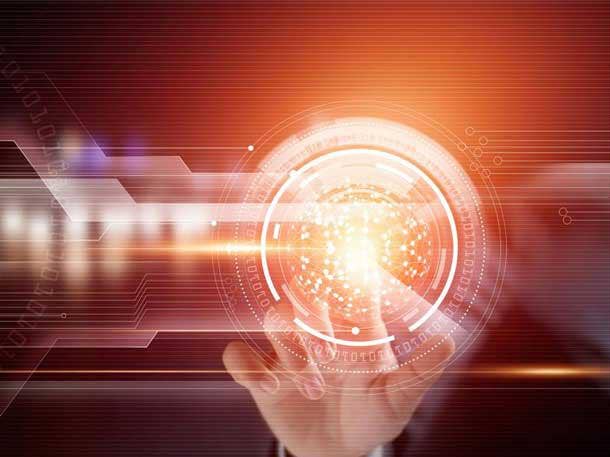
10 Trends And Technologies That Will Shape The IT Market
Looking into its crystal ball, IT research firm Gartner has laid out the top ten technology trends in 2020 that will drive disruption and create the largest opportunities in the market over the next five to ten years.
“These trends have a profound impact on the people and the spaces they inhabit,” said Brian Burke, research vice president at Gartner during a recent event. “Rather than building a technology stack and then exploring the potential applications, organizations must consider the business and human context first.”
By 2022, 70 percent of enterprises will be experimenting with immersive technologies for consumer and enterprise use, and 25 percent will have them deployed in production, according to Gartner. Additionally, low-code application development will be responsible for more than 65 percent of application development activity by 2024.
Hyper automation, the distributed cloud, practical blockchain and human augmentation are just a few of the biggest These technology trends next year that have potential to power both transformation and optimization initiatives. Gartner said technology innovators must adopt a mindset and new practices that accept and embrace perpetual change.
Here are the ten trends for 2020 that Gartner predicts will shake up the market for years to come.

The Empowered Edge
Edge computing will become a dominant factor across virtually all industries and use cases as the edge becomes empowered with more sophisticated and specialized compute resources and more data storage. The goal of edge computing is to keep the traffic and processing local in order to reduce latency, exploit the capabilities of the edge and enabler greater autonomy at the edge. The focus on the edge currently stems from the need for Internet of Things (IoT) systems to deliver disconnected or distributed capabilities into the embedded IoT world.
Over time, the edge will create an unstructured architecture consisting of a wide range of “things” and services connected in a flexible mesh linked by a set of distributed cloud services. In the future, a smart “thing” such as a drone, might communicate with an enterprise IoT platform or city-level local cloud services then conduct peer-to-peer exchanges with nearby drones for navigational purposes.
Through 2028, Gartner expects a steady increase in the embedding of sensor, storage, compute and advanced AI capabilities in edge devices. Mesh architectures will enable more flexible, intelligent and responsive, and peer-to-peer IoT systems.
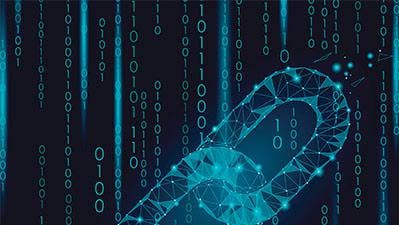
Practical Blockchain
Blockchain enables participants in a network to trace assets back to their origin that not only benefits traditional assets but paves the way for uses such as tracing food-borne illness back to the original supplier. Blockchain allows multiple partners who don’t know each other to safely interact in a digital environment and exchange value without the need for a centralized authority.
By 2023, blockchain will be scalable technically, and will support trusted private transactions with the necessary data confidentiality. According to a 2019 Gartner survey, 60 percent of CIOs are expecting some kind of blockchain deployment in the next three years.
Blockchain still remains immature for enterprise deployments due to a variety of technical issues such as poor scalability and interoperability. However, blockchain has the potential to reshape entire industries by enabling trust, providing transparency and enabling value exchange across business ecosystems – potentially lowering costs, reducing transaction times and improving cash flow. Some of the biggest use cases including asset tracking, automated claims processing, internal and shared record keeping, as well as smart cities and IoT.
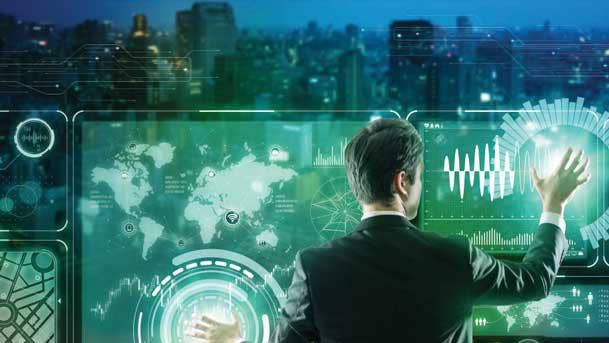
Hyper Automation
Hyper automation is the combination of multiple machine learning, packaged software and automation tools. It deals with the application of these advanced technologies to increase automate processes and augment people. Hyper automation is an unavoidable market state in which organizations must rapidly identify and automate all possible business processes.
By 2021, automation of data science tasks will enable citizen data scientists to produce a higher volume of advanced analysis than specialized data scientists.
Key components of hyper automation include robotic process automation (RPA), which is a way to connect legacy systems that don’t have APIs with more modern systems; and intelligent business process management suites that manage long-running processes.
Hyper automation often results in the creation of a digital twin of the organization, allowing businesses to visualize how functions, processes and key performance indicators interact to drive value. The digital twin then becomes a integral part of the hyper automation process, providing real-time continuous intelligence about the organization and drives business opportunities.
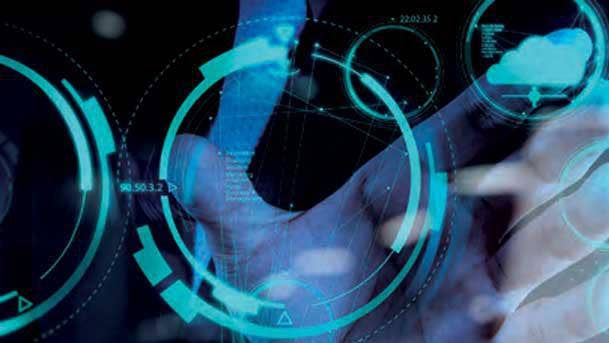
Multiexperience
By 2021, at least one-third of enterprises will have deployed a multiexperience development platform to support mobile, web, conversational and augmented reality development, according to Gartner.
Multiexperience replaces technology literate people with people-literate technology. In this trend, the traditional idea of a computer evolves from a single point of interaction to include multi-sensory and multi-touchpoint interfaces like wearables and advanced sensors. Gartner points to Domino’s Pizza as an example of a company who created an experience beyond the app-based ordering that includes autonomous vehicles, a pizza tracker and smart speaker communications.
Although virtual reality and augmented reality are impressive, there are many challenges and roadblocks. Three multiexperience use cases show clear value: product design and visualization; field service and operations; and training and simulation.
A multiexperience development platform offers front-end development tools and back-end services that enable rapid, scalable development of seamless experiences across devices, modalities and touchpoints. The design time and runtime tools and services are delivered through a unified development platform that has loosely coupled front and back-end architectures.
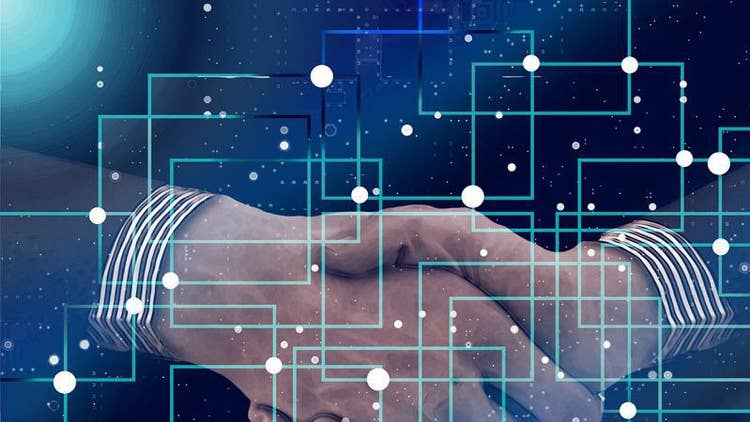
Democratization
The democratization of technology means providing people with easy access to technical or business expertise without extensive or costly training. For example, democratization would enable developers to generate data models without having the skills of a data scientist and instead relay on AI-driven development to generate code and automate testing.
There are four key aspects to this trend that are accelerating in 2020 and through 2023, says Gartner, which are application development, design, knowledge and data and analytics.
By 2024, low-code application development will be responsible for more than 65 percent of application development activity. Also by 2024, 75 percent of large enterprises will be using at least four low-code development tools for both IT application development and citizen development initiatives.
One are of potential concern with democratization will be dealing with shadow artificial intelligence (AI). This is where people without formal training exploit easy-to-use tools to develop their own AI-powered solutions and provide peer-to-peer support to others in similar efforts.
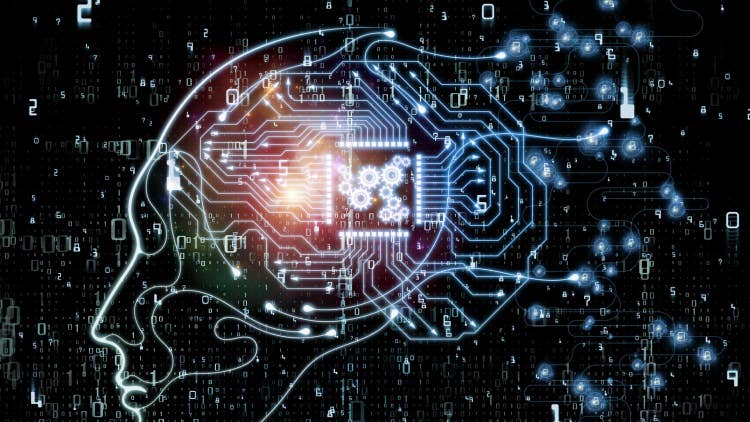
Human Augmentation
Human augmentation refers to the use of technology to enhance a person’s cognitive and physical experiences. Examples range from miners using wearables to improve worker safety to exploiting information and applications to enhance learning or new experiences.
Physical augmentation will change the physical capability by implanting or hosting a technology within or on the body, while cognitive augmentation enhances a human’s ability to think and make better decisions. Enterprises of all types and sizes are considering human augmentation to achieve various business outcomes. Human augmentation will be a primary means by which individuals interact with each other and with the smart spaces around them.
There are five major areas businesses must look at when choosing human augmentation technologies including security. This is risk is across an attack surface that’s no longer tied to a specific device or physical location but will travel with the person. The other major areas including data privacy, government and regulatory compliance, potential long-term mental and physical health impacts, and serious ethical issues.
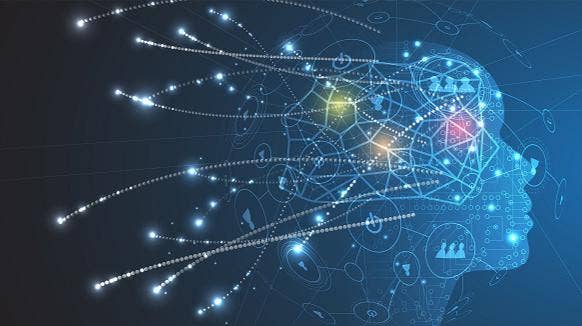
Transparency And Traceability
The modern IT world has created a trust crisis, said Gartner, as consumers are now becoming more aware of how their data is being collected and used. Artificial intelligence and machine learning to make autonomous decisions are increasingly used to make decisions in place of humans which drives the need for ideas like explainable AI governance.
By 2025, 30 percent of government and large enterprise contracts for purchase of AI products and services will require the use of explainable and ethical AI, according to Gartner.
Legislation such as European Union’s General Data Protection Regulation is being implemented around the world as people begin to lay the ground rules for organizations. Gartner said transparency and traceability are critical elements to support digital ethics and privacy needs around personal and an organization’s information.
Algorithms is driving everything organizations and consumers do -- from recruiting and buying products to being accepted or rejected for loans and even going to jail. Biased or incorrect algorithms create bad business decisions and risk serious backlash from employees and customers.
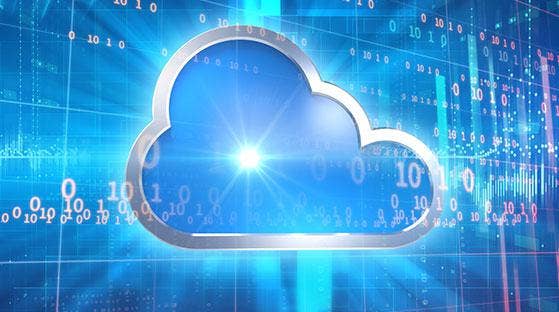
The Distributed Cloud
By 2022, 75 percent of enterprise-generated data will be created and processed outside the centralized data center or cloud — an increase from the less than 10 percent generated today, according to Gartner. Distributed cloud is the distribution of public cloud services to locations outside of the cloud provider’s data centers, allowing for data centers to be located anywhere. The evolution from centralized public cloud to distributed public cloud ushers in a new of cloud computing.
The distributed cloud is in the early stages of development with many provides offering only a small subset of their services in a distributed way. It supports continuously connected and intermittently connected operation of cloud services from the public cloud distributed to specific and varied locations. This enables low-latency services where the cloud services are closer to the point of need in remote data centers or all the way to the edge device itself, delivering major improvements in performance and reducing the risk of network-related outages. By 2024, most cloud service platforms will provide at least some services that execute at the point of need.

Autonomous Things
With most current autonomous technology existing in controlled environments, such as in a mine or warehouse, they will eventually evolve to include open public spaces. Autonomous things will move from stand-along to collaborative swarms, such as with the drone swarms used during the 2018 Winter Olympic Games.
Gartner suggests exploring ways that AI-driven autonomous capabilities can power virtually any physical device in the organization or the customer’s environment. IT providers can create business scenarios and customer journey maps to identify compelling business outcomes. Organizations can incorporate the use of intelligent things into traditional manual and semiautomated tasks. Business use cases included autonomous shipping and advanced agriculture where algorithms for robots are created to autonomously operate farms.
Autonomous things are developing very rapidly, in part because they share some common technology capabilities. Once the challenges to developing a capability have been overcome for one type of autonomous thing, the innovation can be applied to other types of autonomous things.
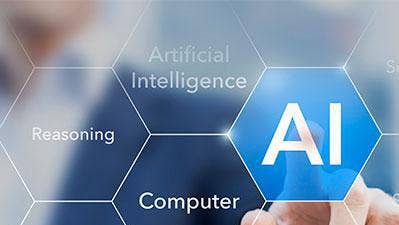
AI Security
All of the previous nine evolving technologies that Gartner predicts will change the IT landscape will create security vulnerabilities in new potential points of attack. Security teams will need to address new challenges and be aware of how AI will impact the security space. Gartner said there are three key areas to explore when considering how AI is impacting security: protecting AI-powered systems, leveraging AI to enhance security defense, and anticipating dangerous use of AI by attackers.
Through 2022, 30 percent of all AI cyberattacks will leverage training-data poisoning, AI model theft or adversarial samples to attack AI-powered systems. Training data-poisoning is when hackers get access to training data and cause an AI system to fail by feeding it incorrect data.
The next frontier of AI-related security concerns is emerging as attackers begin to use machine learning (ML) and other AI techniques to power their attacks. Gartner said every new, exciting innovation in ML can and will be used in a dangerous manner. Organizations will need to understand how hackers may attack security solutions based on ML at training and prediction stages.